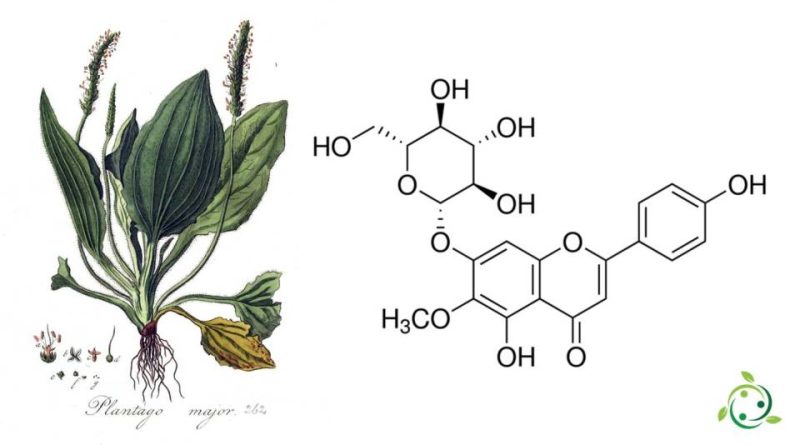Homoplantaginin
Homoplantaginin
Homoplanthaginin is a glucoside whose term in the official IUPAC nomenclature is: 5-hydroxy-2- (4-hydroxyphenyl) -6-methoxy-7 – [(2S, 3R, 4S, 5S, 6R) -3,4, 5-trihydroxy-6- (hydroxymethyl) oxane-2-yl] oxicromen-4-one.
Homoplanthaginin, also known by the synonym of: ispidulin-7-glucoside has a brute or molecular formula: C22H22O11.
This glucoside occurs naturally in some plants such as the Common plantain (Plantago major L., 1753) or a species of sage (Salvia plebeia R.Br.).
Homoplantaginin exhibits anti-inflammatory and antioxidant properties, also has a protective and therapeutic effect on hepatocyte injury and exhibits potent inhibitory activities against influenza.
Homoplanthaginin can be used for the prevention and treatment of endothelial dysfunction associated with insulin resistance, improves endothelial insulin resistance by inhibiting inflammation and modulating cell signaling.
Warning: The information shown is not medical advice and may not be accurate. The contents are for illustrative purposes only and do not replace medical advice.

